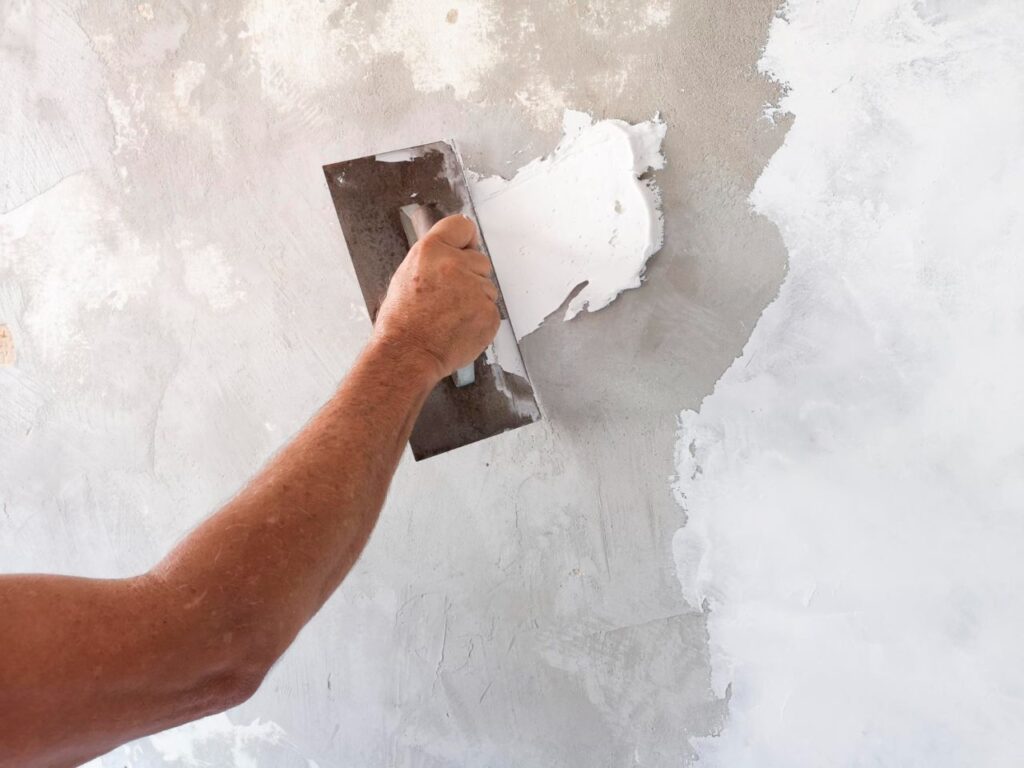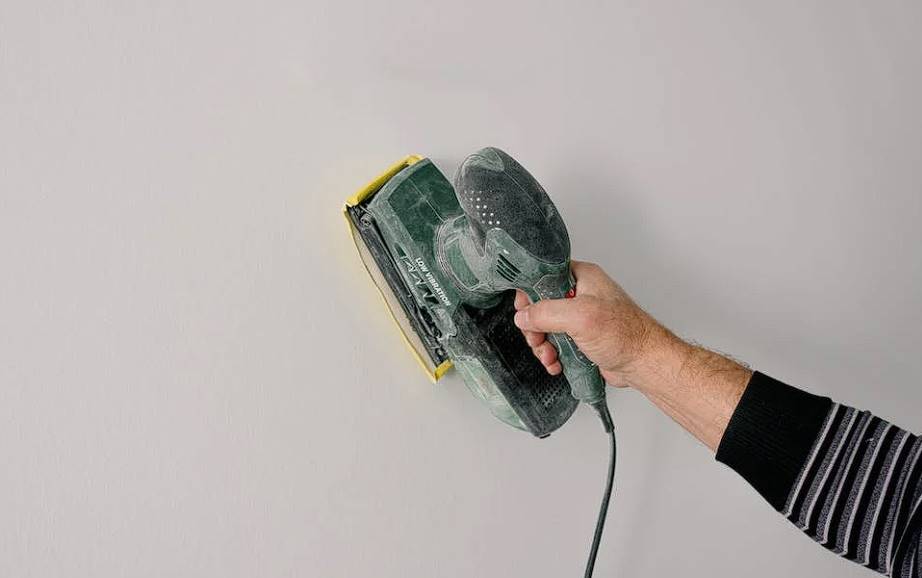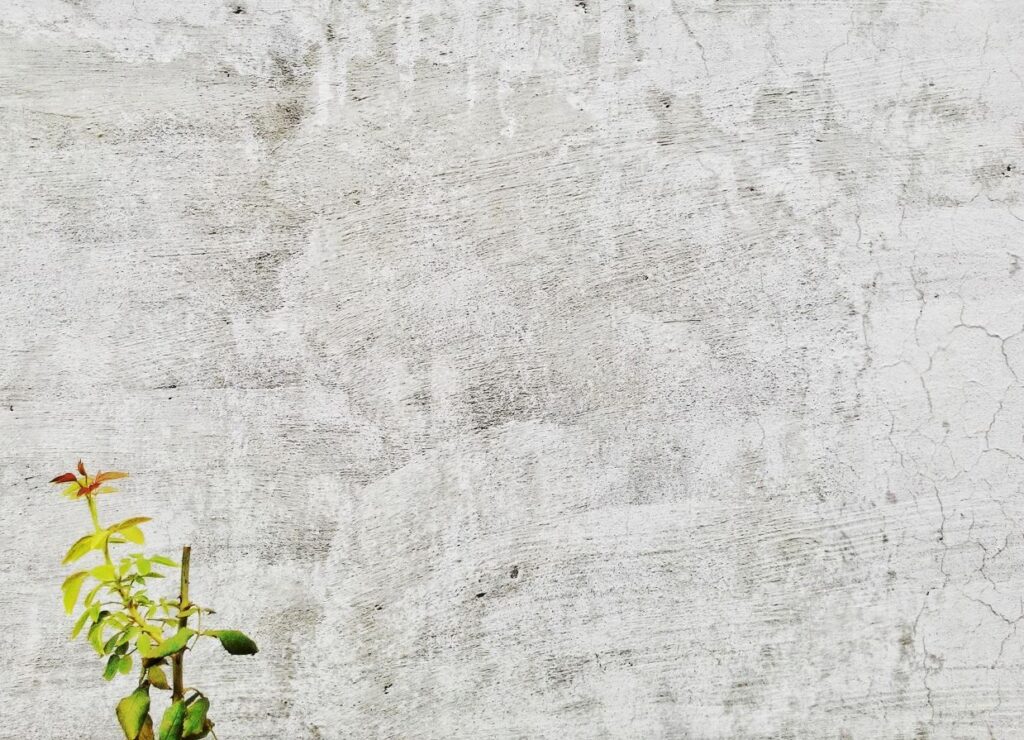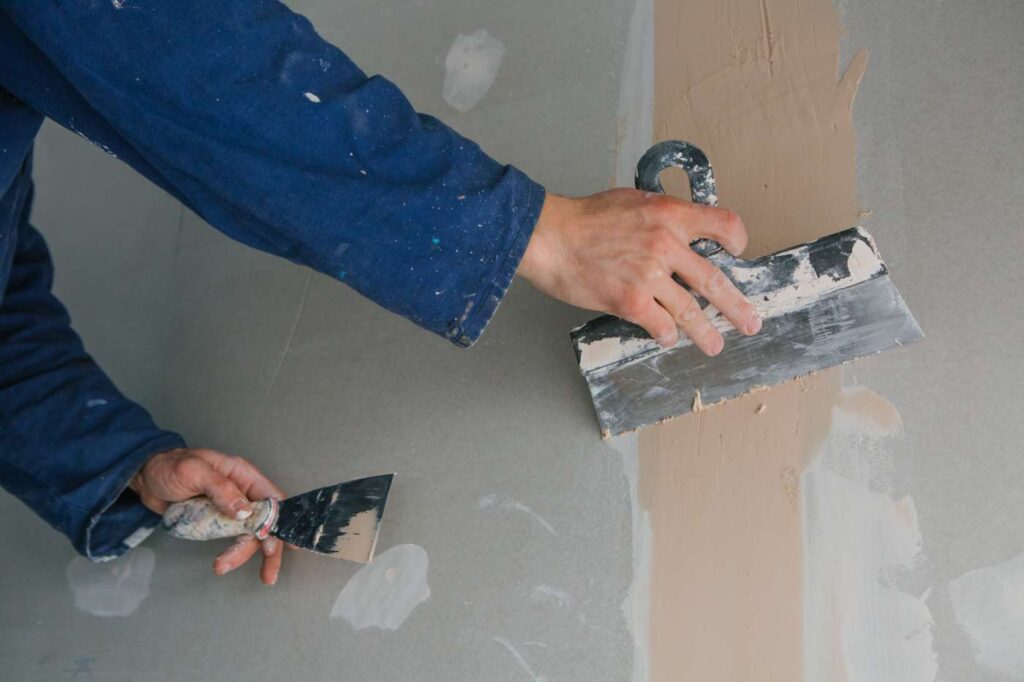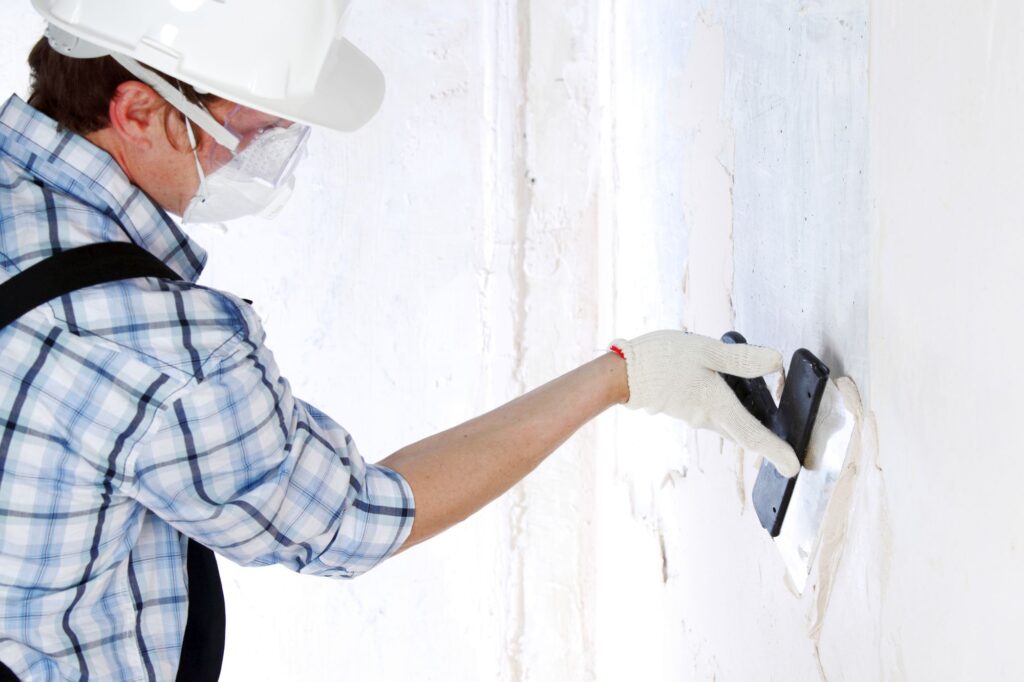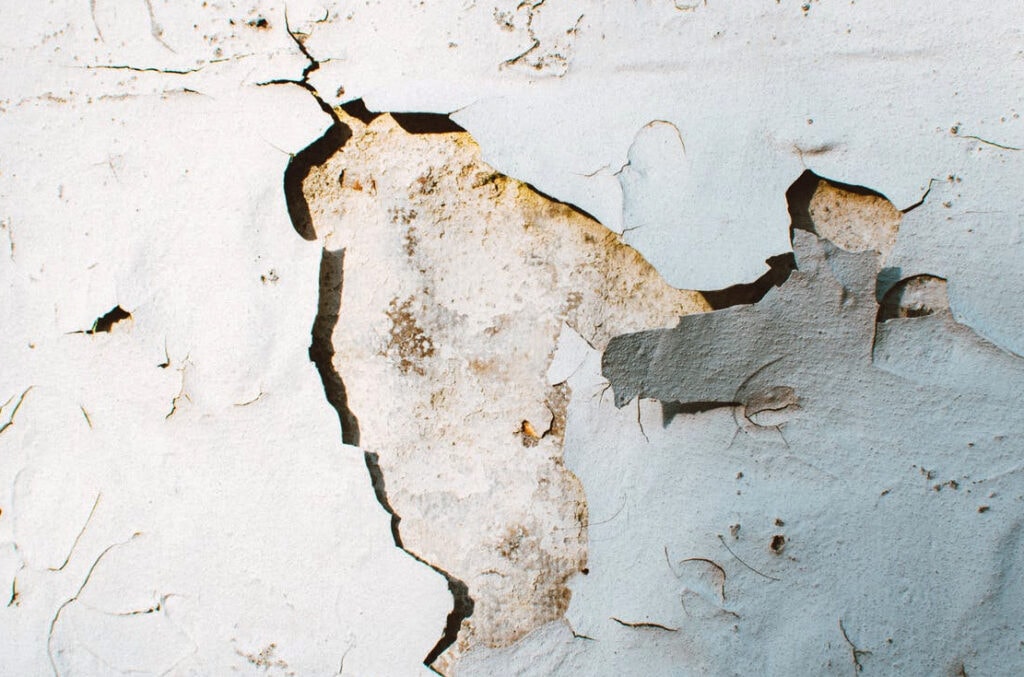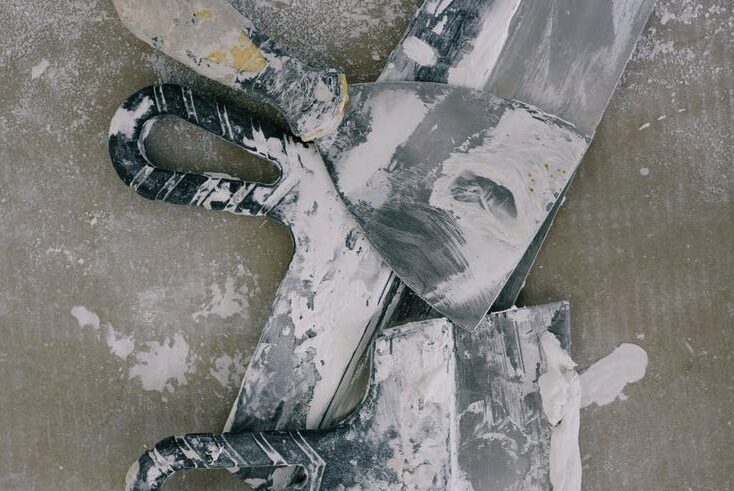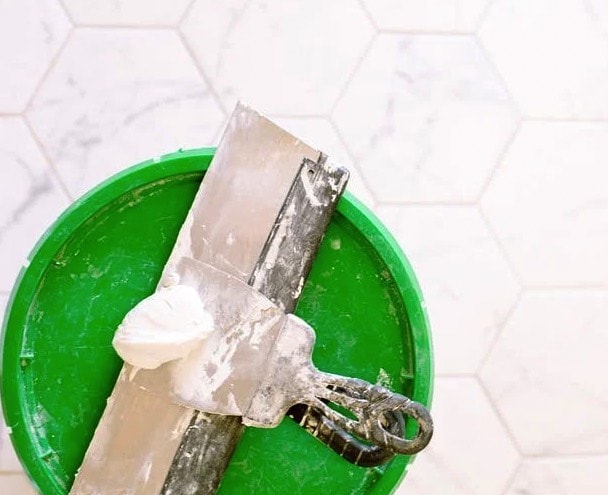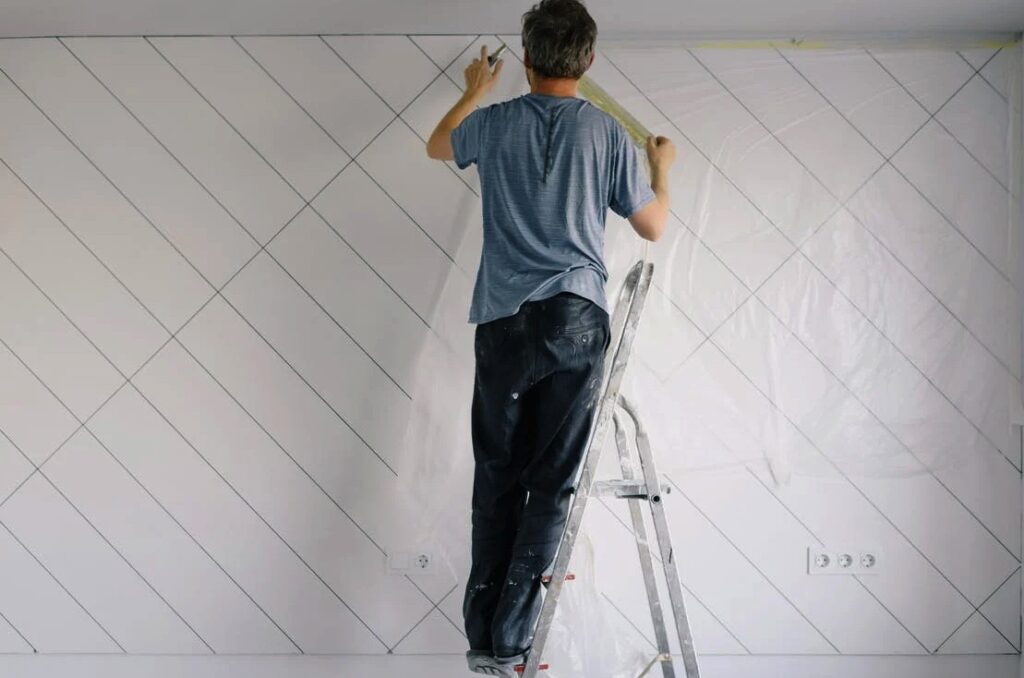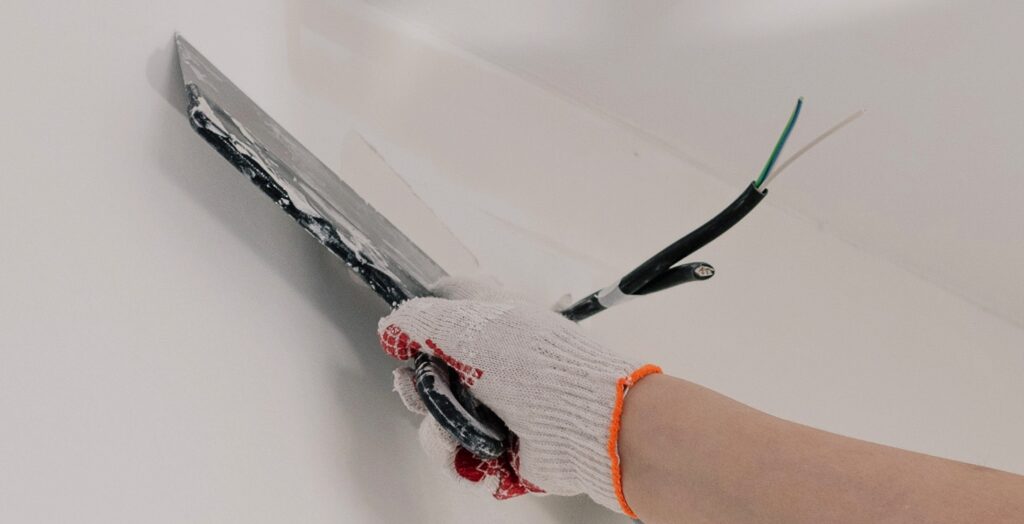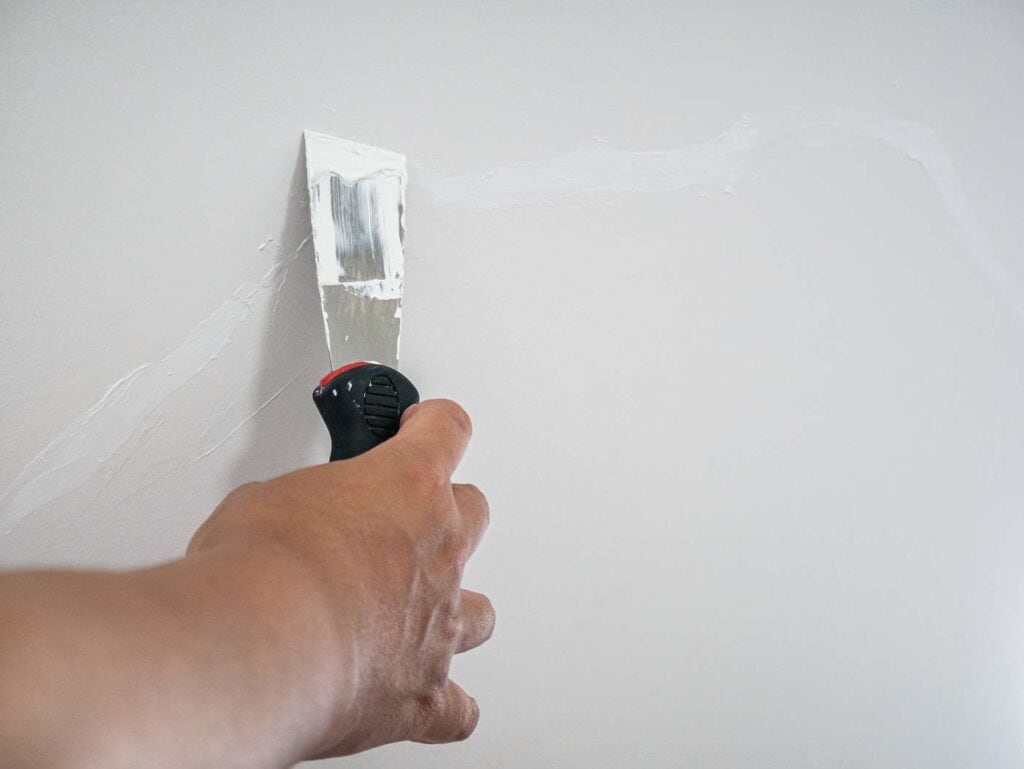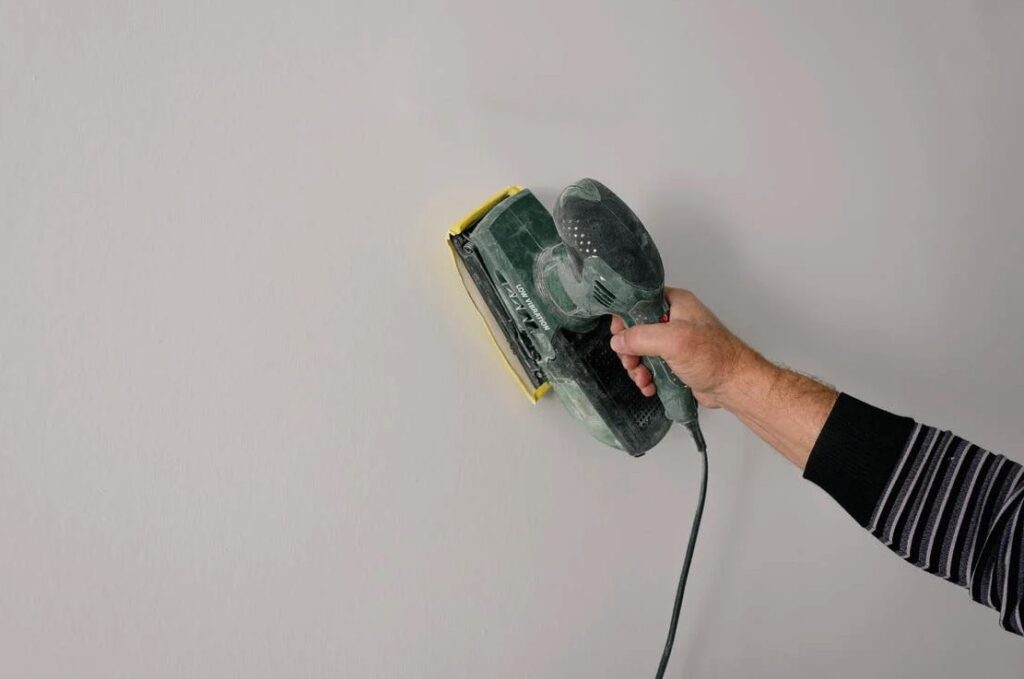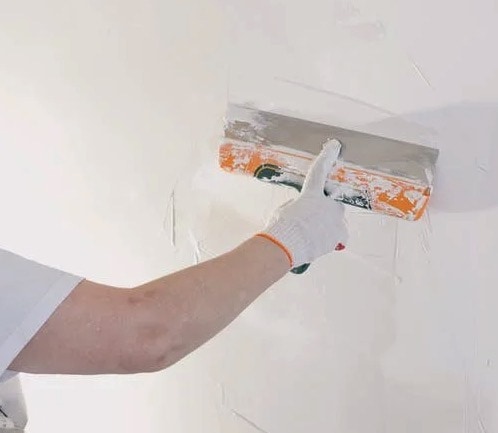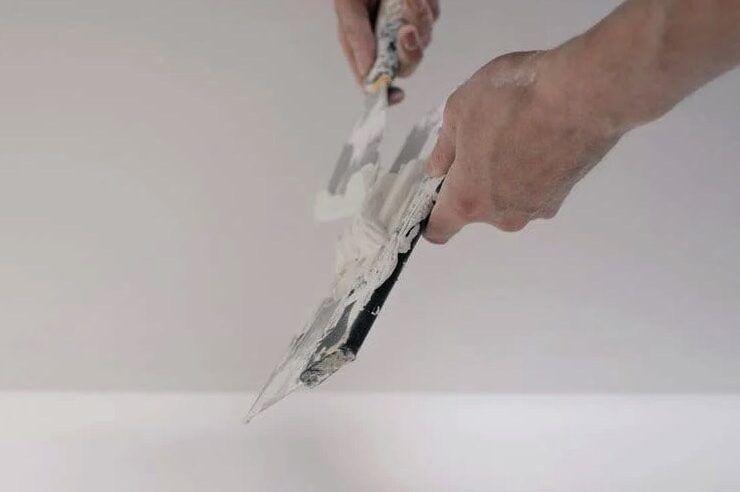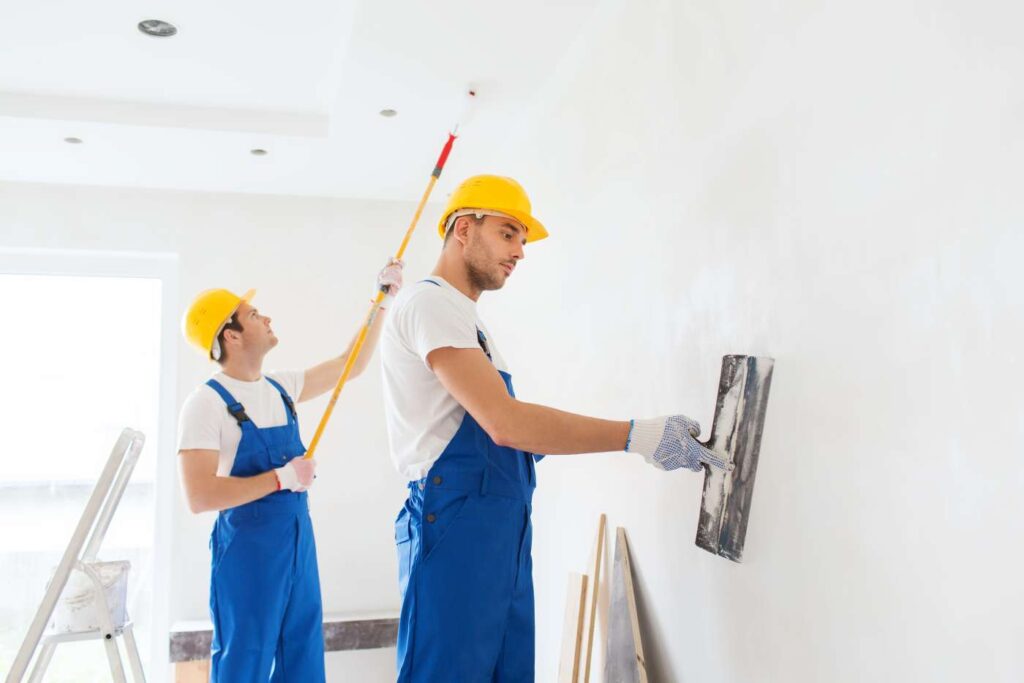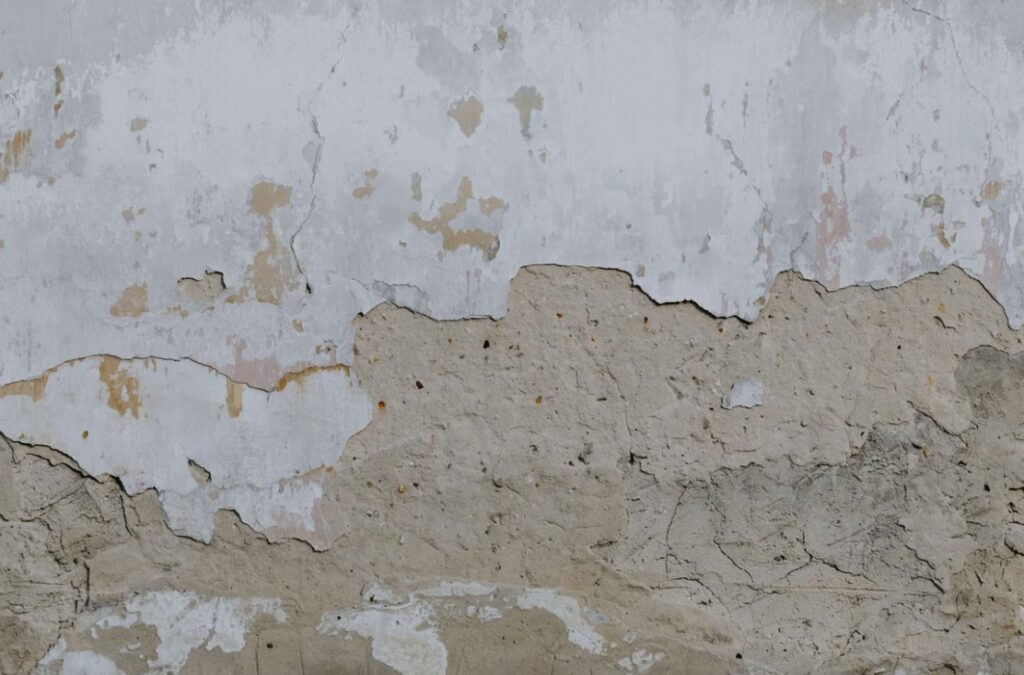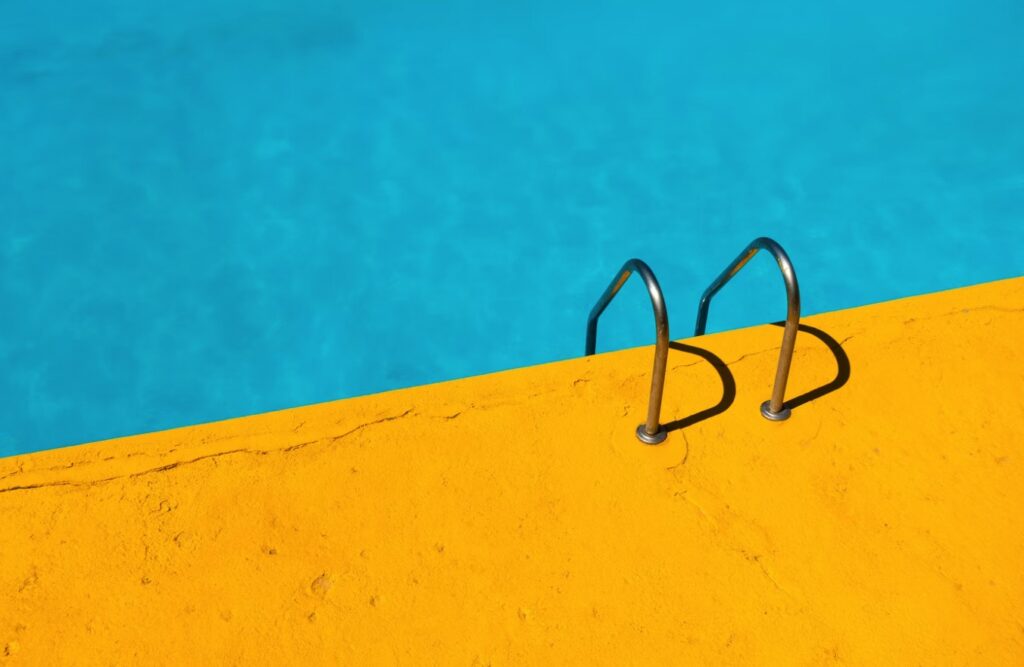Looking to get your feet wet in the plastering business, or want to spruce up your current set of tools? Whether you're a professional plasterer or just a do-it-yourself enthusiast, getting the right tools is key to a perfect finish every time. What follows is an examination of the most important considerations when purchasing plastering tools. Are you prepared to learn how to choose the best tools for plastering jobs?
To sum up, plastering tools must be of the highest quality and designed to be very practical. If you have the correct equipment, plastering will be a breeze. Plastering requires various tools, each with its specific function, including trowels, spatulas, mixers, and sanders. In this section, we will go over the details so you know what to look for when buying.
These are just a few things you should consider when looking for the best plastering tools. Our in-depth guide will give you useful information and expert advice to help you make the right choices. So, whether you're an experienced plasterer or a beginner who wants to start, join us as we learn more about plastering tools and give you the information you need to make the right choices.
Types of Tools for Plastering
Use of lime-based, clay-based, and gypsum-based plaster dates back to 7,500 BC. This construction method is ancient.
Modern Australian construction techniques use plaster boards for interior walls, which both create the floorplan and provide a sturdy basis for further decoration. Honest plasterers can build walls out of plasterboard without people seeing where the boards joined. Cornices, ceiling roses, columns, arches, domes, and vaulted ceilings are only a few of the magnificent decorative elements.
While the plastering techniques have remained unchanged for quite a while, the tools employed are constantly being improved to ensure that the present generation of artisans can do their vocation more efficiently and effectively. All day, every day, plasterers utilise the following tools. This is just a sample, and it is by no means complete:
Bucket Trowel
To remove excess mortar from the edges of a bucket, one can use a trowel with a square form and a tapered blade. Buttering bricks and levelling mortar are two more uses for it. You can get them with blades of different thicknesses and diameters.
External Corner Trowel
You can use it to coat the edges and corners of a bucket or surface.
Internal Corner Trowel
This trowel is utilised to feather the inner side's uneven corner.
Float
A float is a sturdy handle fastened to a flat, smooth piece of metal or wood that allows for a secure grasp when utilising it. When plastering a wall, a float is utilised to scrape off any surplus and level the surface from all angles. There are several different kinds of floats, including;
Jointing or Taping Knife
To apply compound "mud" to drywall, one uses a jointing or taping knife with a wide blade. A convenient handle makes this tool a breeze to hold and operate. It comes with a range of blade sizes to choose from.
Support Prop
A support prop is utilised to secure the plasterboard to the ceilings while they are being fastened. Various other construction tasks also benefit from its additional support.
Small tool
When working with bricks, a tiny instrument called a pointed long scale is utilised for cementing. At one end is a trowel, and at the other is a square profile that allows for a firm hold. It is utilised to transport building materials like mortar and other combinations.
Plasterer's Hawk
A plasterer's hawk is an essential tool when working with surplus cement or plaster. You can save time because you won't need to get the mixture each time. Various sizes are available.
Choosing the Best Plastering Tools
Plastering requires particular varieties of trowels, which must be purchased with care. When purchasing a set of tools for a plastering project, several considerations should guide your selection of the most suitable product. Upon purchasing plastering trowels, five critical considerations shall be examined.
The artistic labour is used to carve designs on the plasters using trowels. This can be used for the walls surrounding the entrances or the outside perimeter. The use of various trowels results in a wide variety of designs.
Frequency Of Use
Your purchasing choice may also be influenced by how often you plan to use it. Before purchasing a set of plastering tools, it is essential to determine the frequency of use. The tools might be used twice a year by a do-it-yourself specialist. In such a situation, it's best to invest in tools made of materials that won't rust.
There are many options to choose from if you plan on using the trowels frequently. Various trowel materials are available, including cast iron, high-carbon, and stainless steel.
Materials
To maintain shape, manufacturers make stainless steel tools. Another alternative is high-carbon steel. Stronger than stainless steel, such trowels can handle tough jobs. If improperly maintained, high-carbon steel blades may rust.
Tools constructed of plastic are also readily accessible. The tools are easy for workers to handle because they are lightweight. Employ aluminium tools like a plasterboard raise or plasterer's stilts for a quick and straightforward job.
Experience
Your experience will be of great significance in this context. Before concluding, it is imperative to consider your prior experience. Metal plastering instruments are available, which require expertise and experience in plastering.
A small, medium, and big trowel will be sufficient for experienced players to complete plastering tasks satisfactorily. Working on a surface is a great way for a skilled plasterer to show off their abilities. When working on multiple layers or locations, the specialist may use a variety of trowels.
The Outcome
Here, the result or completion is still very important. When picking up plastering tools, you need to be serious. The end product is what matters most to a skilled plasterer. If you want professional-grade plastering, you need high-quality materials and tools.
The quality of the trowel blades and plasterers' abilities, among other instruments, can significantly impact the project's result. Blades composed of flexible materials that don't warp can be used.
Methods for Improving Your Plastering Equipment
Plastering is a fantastic trade because there are few instruments needed to plaster walls and ceilings, and most plastering is done with very little. If you compare the materials needed to plaster walls with those needed to build walls by a carpenter, it becomes clear that plastering is an inexpensive company to run. First things first, let's examine the plastering equipment you'll need.
Budget Tips
Think about how much you can afford and how you can save up for your plastering tools before you buy them or upgrade your current set.
Make Sure You Have A Backup Plan
Breakage is inevitable at times. A same-day loan could be an option if you need the money quickly and the warranty doesn't cover the replacement or doesn't cover it at all. You can avoid losing your career and growing clientele by taking out one of these loans when you're in a bind and need a replacement tool quickly.
Include The Expenses In Your Daily Rate
The most practical approach to paying for improvements is calculating the replacement or upgrade cost ofof your daily amount. Add your profit margin to the total of all your expenses. If you do this, you may need to remember about ever improving your company.
Recognise That Not Every "Upgrade" Is Essential
On occasion, the most affordable choice is the optimal one. Experts have relied on this tried-and-true design for decades, and it even predates plastering. The odds are good that your tools are adequate if you have yet to encounter any issues. You can skip upgrading and remove them after their life cycle ends.
Depending On Your Work Style
Only do something if upgrading is directly related to your work style. You can often upgrade your tools as needed, depending on their importance and how frequently you use them, provided there is no unforeseen upfront expense.
Trust Recommendations And Insider Knowledge
Consider adding a new tool to your arsenal if it receives negative feedback from other professionals in your sector. This will probably be the shape of mixers since the latest ones are wireless and work great.
FAQs About Plastering Tools
For beginners, essential plastering tools include a trowel for applying plaster, a hawk for holding the plaster, and a joint knife for smoothing and finishing. Additionally, a mixing paddle for preparing plaster mixtures and a utility bucket are crucial for a novice plasterer.
The material of plastering tools is vital as it directly influences durability and performance. Stainless steel tools are preferred for their rust resistance, while high-quality plastic or rubber handles provide a comfortable grip. Consider tools made from materials that are both durable and easy to clean for optimal results.
The size of the trowel depends on the scale of the project. For smaller projects or detailed work, a 6 to 8-inch trowel is suitable. Larger projects may require a 10 to 12-inch trowel for more coverage. It's advisable to have multiple sizes to accommodate various plastering needs.
The choice between electric and manual plaster mixers depends on the scale and frequency of your projects. Electric mixers offer efficiency for larger projects, saving time and effort. However, for occasional use or smaller tasks, manual mixers can be cost-effective and easy to handle.
Safety is paramount when working with plastering tools. Look for tools with ergonomic designs to reduce strain on your hands and wrists. Trowels with finger guards, secure grips, and durable materials contribute to a safer working environment. Always prioritize tools that meet industry safety standards for optimal protection.
Avoid These Common Plastering Tool Purchase Mistakes
High-quality tools are essential for plastering projects to get a perfect finish every time. Many people make typical blunders while purchasing plastering tools, resulting in discomfort, inefficiency, and poor quality. In this post, we'll look at these typical blunders and offer helpful advice on how to avoid them while choosing plastering products.
Giving More Weight To Cost Than Quality
Another typical mistake is buying the cheapest plastering tools without considering how long they would last. Compromise in tool quality might cause irritation and inefficiency during your project, even while budget limits are crucial. Finding a happy medium between price and quality is essential. Make sure the tools you buy can handle the weight of your project and then some.
Not Verifying Compatibility
Check to see if the tools you buy will work with the building materials you want to use. To get a smooth and effective process, ensure all of your tools can work together. Also, think about how well your tools work with different painting materials. Some tools may be better for some jobs than others.
Not Doing Your Homework Before Purchasing
One of the most common mistakes people make is rushing into a purchase without fully comprehending the precise tools needed for one's plastering project. There is a wide variety of plastering tools available, each optimised for a particular job. Spend some time learning about your project's requirements to prevent this pitfall. To be sure you're using the correct equipment, talk to seasoned plasterers or look for recommendations online.
Too Many Or Not Enough Tools
It is critical to strike a balance while purchasing the quantity of tools. You can be wasteful with too many tools that you won't use and inefficient with too few. Ensure you have all the necessary tools by taking stock of the project's scope. If you follow these steps, you won't have to worry about having too much stuff on your desk or running behind schedule because of a lack of tools.
Failure To Consider Ergonomics
When plastering for lengthy periods, it's important to pay attention to the ergonomics of your equipment to avoid discomfort and maximise efficiency. Plastering is a physically demanding job, and using tools that could be better made can make things even worse. Ergonomic factors, such as balanced weight distribution and pleasant handles, should be considered while purchasing equipment. Tools made with ergonomics in mind will make your workday much more pleasant and efficient.
Conclusion
Plastering tools are essential for creating beautiful and functional interiors. They are made of high-quality materials and are designed to be practical. Plastering tools include bucket trowels, external corner trowels, internal corner trowels, floats, jointing or taping knives, support props, pointed long scales, and plasterer's hawks.
The use of lime-based, clay-based, and gypsum-based plaster dates back to 7,500 BC. Modern Australian construction techniques use plaster boards for interior walls, creating floorplans and providing a sturdy foundation for decoration. Tools like bucket trowels, external corner trowels, internal corner trowels, floats, jointing or taping knives, support props, pointed long scales, and plasterer's hawks are essential for plastering jobs.
When choosing the best plastering tools, consider the artistic labor involved in carving designs on the plasters. The frequency of use should also be considered, as tools should be made of materials that won't rust. Various trowel materials, such as cast iron, high-carbon, and stainless steel, are available to choose from. High-carbon steel is stronger and can handle tough jobs, while plastic tools are lightweight and easy to handle. Aluminum tools like plasterboard raises or plasterer's stilts are suitable for quick and straightforward jobs.
In summary, choosing the right plastering tools is crucial for achieving a perfect finish in the construction industry.
Plastering is a highly skilled trade that requires expertise and experience in metal plastering instruments. A skilled plasterer can use various trowels for different surfaces and locations. The end product is crucial, and high-quality materials and tools are essential for professional-grade plastering.
To improve your plastering equipment, consider budget tips, having a backup plan, including expenses in your daily rate, recognizing that not every upgrade is essential, depending on your work style, and trusting recommendations and insider knowledge.
Some common mistakes to avoid when purchasing plastering tools include giving more weight to cost than quality, not verifying compatibility, not doing homework before purchasing, having too many or not enough tools, and failing to consider ergonomics.
Budgeting is essential when purchasing plastering tools, as it allows you to save money and ensure the right tools are used for your project. It's important to find a balance between price and quality, ensuring the tools can handle the weight of your project and its requirements.
When purchasing plastering tools, it's essential to strike a balance between having too many tools that won't be used and too few that are. Ergonomics is also crucial, as it helps prevent discomfort and maximizes efficiency.
In conclusion, choosing the right plastering tools is essential for a successful and efficient job. By considering budget, experience, and ergonomics, you can ensure a smooth and efficient plastering process.
Content Summary
- Embarking on a plastering venture? Choosing the right tools is crucial for a flawless finish.
- A detailed guide awaits, offering valuable insights and expert advice on plastering tool selection.
- Dive into the world of plastering tools, whether you're a seasoned professional or a DIY enthusiast.
- Explore the ancient origins of plastering techniques dating back to 7,500 BC.
- Modern Australian construction relies on plasterboards for interior walls, ensuring both structure and decor.
- Discover the artistry of plasterers who craft intricate designs on walls using various trowels.
- Explore the timeless beauty of decorative elements like cornices, ceiling roses, columns, arches, domes, and vaulted ceilings.
- Plastering tools have evolved to enhance efficiency, with constant improvements catering to artisans' needs.
- A plasterer's toolkit includes essentials like trowels, spatulas, mixers, and sanders, each serving a specific purpose.
- The bucket trowel, with its square form and tapered blade, excels at removing excess mortar and levelling surfaces.
- External corner trowels coat edges and corners, while internal corner trowels feather uneven inner corners.
- A float, with its sturdy handle and smooth surface, scrapes off surplus plaster and levels walls from all angles.
- Jointing or taping knives with wide blades are perfect for applying compound "mud" to drywall.
- Support props secure plasterboards to ceilings during installation, offering additional stability for various construction tasks.
- Small tools, like pointed long scales, aid in cementing bricks with a trowel at one end and a square profile for a firm grip.
- Plasterer's hawks are essential for working with surplus cement or plaster, available in various sizes for convenience.
- Choose plastering tools carefully based on five critical considerations, including frequency of use and materials.
- Stainless steel, high-carbon steel, and plastic are material options for trowels, each with its unique benefits.
- Consider your experience level, as metal plastering instruments may require expertise and skills.
- The quality of trowel blades and plasterers' skills significantly impact the outcome of a plastering project.
- Plastering, an economical trade, requires few instruments compared to carpentry for wall and ceiling finishing.
- Prioritize budget considerations when acquiring plastering tools and plan for upgrades to enhance efficiency.
- Have a backup plan for tool breakages, considering same-day loans for quick replacements.
- Include tool replacement or upgrade costs in your daily rate, ensuring a practical approach to managing expenses.
- Recognize that not every upgrade is essential; assess the need based on work style and tool importance.
- Trust recommendations and insider knowledge when considering new tools for your plastering arsenal.
- Be cautious of common plastering tool purchase mistakes, such as prioritizing cost over quality.
- Finding a balance between price and quality is crucial to avoid inefficiency and frustration during projects.
- Verify tool compatibility with building materials to ensure a smooth and effective plastering process.
- Avoid rushing into purchases; take time to understand the specific tools needed for your plastering project.
- Striking a balance in tool quantity is vital to prevent wastefulness or inefficiency during plastering tasks.
- Consider ergonomics in tool selection to avoid discomfort during prolonged plastering periods.
- Balanced weight distribution and comfortable handles contribute to efficient and pleasant plastering experiences.
- Plastering tools should be chosen with the end result in mind, prioritizing professional-grade finishes.
- A flawless finish in plastering projects requires high-quality materials and well-maintained tools.
- Plastering tools should handle the weight of the project and provide durability for long-lasting use.
- Explore the historical roots of plastering, connecting ancient techniques to the modern construction landscape.
- Discover the versatility of plastering tools, each designed for a specific task, enhancing efficiency.
- Delve into the craftsmanship of plasterers who create intricate designs on walls using various trowels.
- Plastering tools have evolved to meet the demands of artisans, ensuring efficient and effective plastering.
- A comprehensive guide offers valuable information and expert advice on selecting the best plastering tools.
- Dive into the world of plastering, whether you're a seasoned professional or a DIY enthusiast eager to learn.
- Explore the aesthetic beauty of plastered walls, showcasing decorative elements like cornices and ceiling roses.
- Modern construction techniques rely on plasterboards, providing structure and a base for further decoration.
- Trowels, spatulas, mixers, and sanders are essential tools in a plasterer's toolkit, each serving a specific function.
- The bucket trowel excels at removing excess mortar, while external and internal corner trowels address specific plastering needs.
- Floats provide a sturdy grip for scraping off surplus plaster and leveling surfaces during wall plastering.
- Jointing or taping knives with wide blades are ideal for applying compound "mud" to drywall surfaces.
- Small tools like pointed long scales aid in cementing bricks and transporting building materials with efficiency.
- Plasterer's hawks, available in various sizes, prove essential for working with surplus cement or plaster, saving time and effort.
